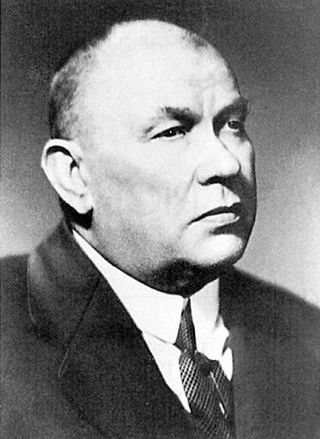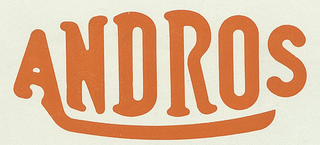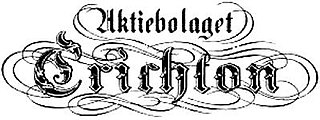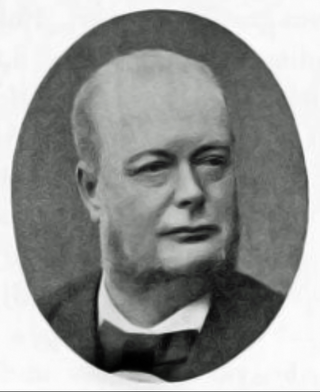
Crichton-Vulcan is an abandoned shipyard in Turku, Finland, that once formed the cornerstone of the Finnish shipbuilding industry. The shipyard is best known for the World War II coastal defence ships and submarines it produced.

Hietalahti shipyard is a shipyard in Hietalahti, in downtown Helsinki, Finland. Since 2019, it has been operated by a company named Helsinki Shipyard.
The Okhta shipyard was a Russian shipyard based in Saint Petersburg. It was located in the Malaya Okhta district Russian Empire. at the confluence of the Okhta and Neva rivers.

Murtaja was a Finnish state-owned steam-powered icebreaker. Built in 1890 by Bergsunds Mekaniska Verkstads AB in Stockholm, Sweden, she was the first state-owned icebreaker of Finland and one of the first purpose-built icebreakers in the world. Murtaja remained in service for 68 years until she was decommissioned and broken up in 1958 after having been replaced by the diesel-electric Karhu.

Voima was a Finnish and later Soviet steam-powered icebreaker. Laid down at Werft Becker & Co. in Tallinn in 1916 and fitted with engines in Danzig in 1918, the unfinished icebreaker was towed to Helsinki in 1920 and completed by Sandvikens Skeppsdocka och Mekaniska Verkstads Ab in 1923–1924. After two decades of successful service Voima was handed over to the Soviet Union as war reparation in 1945 and renamed Malygin (Малыгин). She remained in service until 1970 and was broken up in 1971.

Allan Walfrid Staffans was a Finnish technician, vuorineuvos and shipbuilder.

Oy Andrée & Rosenqvist Ab was a boat building yard and engineering works in Turku, Finland in 1906–1939. The company was known for its fast and high-quality boats and also marine engines, which were also applied in stationary use.

Kone- ja Siltarakennus Oy is a Finnish former engineering company based in Sörnäinen, Helsinki.

Åbo Skeppswarfs Aktie Bolaget was a shipbuilding company that operated in Turku, Finland Proper, in 1741–1883.

W:m Crichton & C:o Ab is a former engineering and shipbuilding company that operated in Turku, Grand Duchy of Finland in 1842–1913. The company also had another shipyard in Okhta, Saint Petersburg.

Aktiebolaget Crichton was a shipbuilding and engineering company that operated in 1914–1924 in Turku, Finland. The main products were vessels, steam engines and combustion engines.

William Crichton was a Scottish engineer and shipbuilder who spent most of his career in Turku, located in the Grand Duchy of Finland.

Ernst Abraham Dahlström was a Finnish businessman and philanthropist.

Meyer Turku Oy is a Finnish shipbuilding company located in Turku, Finland Proper. The company is fully owned by German shipbuilder Meyer Werft GmbH. The main products are cruise ships and cruiseferries.

Baron Carl Gustaf Garibaldi Fabian "Carolus" Wrede af Elimä was a Finnish industrialist.

Carl Johan Korsman was a Finnish shipowner and military officer.

Carl Magnus Dahlström was a Finnish merchant, businessman and Commercial Counsellor.

Aktiebolaget Sandvikens Skeppsdocka och Mekaniska Verkstad was a Finnish shipbuilding and engineering company that operated in Helsinki in 1895–1938. The company was set up to continue shipbuilding at Hietalahti shipyard, after its predecessor Helsingfors Skeppsdocka, which operated the yard in 1865–1895, had bankrupted.

Turku Repair Yard Ltd is a Finnish ship repair company. Its premises are situated in Luonnonmaa island, Naantali. The company has focused on repairing of ships and boats.




















